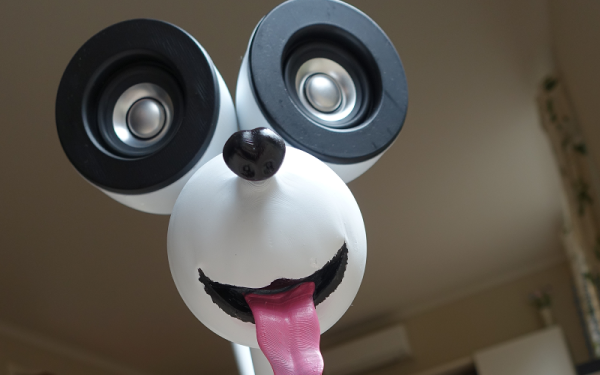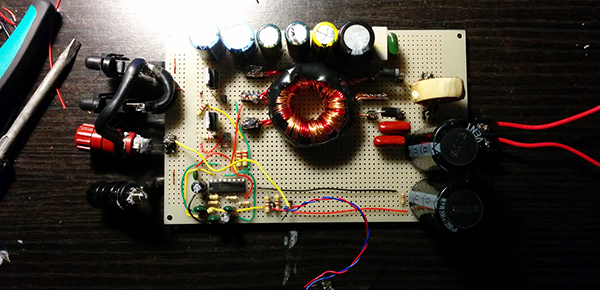Let’s get something straight right up front: this isn’t much of an electronics project. But it is a very artistic 3D printing project that contains some electronics. [Sjowett] used an off-the-shelf class D amplifier with BlueTooth input to create a simple BlueTooth speaker with a subwoofer. As you can see from the pictures, woofer is exactly the term to use, too.
The clever mechanical design uses 3D printing and common metric PVC pipe. That’s a great technique and resulted in a very clean and professional-looking build. If you don’t have easy access to metric pipe, you could print the pipes, but it will take longer and might not look quite as good.












